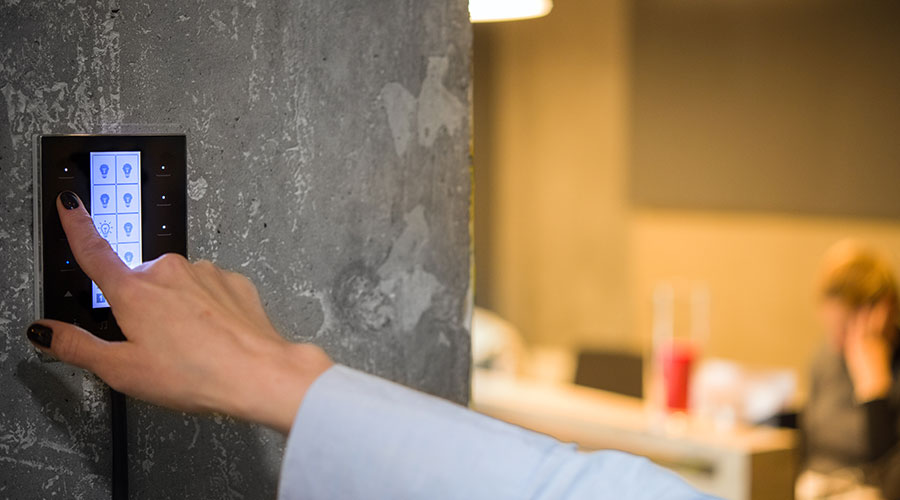Taking Extra Steps in a Lighting Upgrade Can Have Big Payoff
Along the path to more energy efficient lighting, facility managers often decide to stop at some point, possibly missing opportunities just around the next corner. But as the lighting industry continues to pump out improvements and new technologies, it pays to check out such options. Let's look at facilities at three levels of lighting sophistication — basic, intermediate, and advanced — and then see how each could do better with only a modicum of extra effort.
We'll start with the basic upgrade. When the main goal is to get something done quickly without involving outside expertise, we may see T12 fluorescents and magnetic ballasts being replaced one-for-one with T8s and electronic ballasts, in the same fixtures and same patterns as were installed 30 years earlier. Where utility programs offer simple one-for-one rebates, that may indeed be the easiest way to go. But doing so may leave money on the table and lucrative possibilities unexplored.
Simple replacements will yield savings, but may result in overlighting relative to the needs of today's computer-based tasks, may maintain existing glare problems, or may fail to take advantage of options that would add more savings than cost.
Once a decision has been made to open a light fixture, it pays to maximize the labor involved by planning how to get the most out of the fixture. By measuring existing light levels and carefully choosing appropriate lamp and ballast combinations (instead of taking whatever is available at the local electric supply house), facility managers may garner extra savings. So-called "high performance" T8 combinations offer lower wattage lamps (30, 28, or 25 watts instead of 32) and low (or high) power ballasts that use fewer watts or squeeze more lumens out of each lamp. Depending on the combination and fixture, a four-lamp fixture may be convertible to a two-lamp fixture while still providing an appropriate light level.
But we're not done yet. Additional energy savings (and fewer ballasts) may be achieved by tandeming ballasts instead of replacing one-for-one. Two two-lamp fixtures may, for example, be powered by one four-lamp ballast located in one fixture, with the extra leads running to the other.
Such choices may also involve longer-life lamps that reduce relamping, thus cutting maintenance costs. A brief discussion with a knowledgeable lamp vendor may also lead to the use of lamps with a higher color rendering index and temperature, resulting in a better looking workspace and greater visual clarity (a real boon for those with aging eyes).
By the way: When changing those lamps and ballasts, be sure to clean the fixtures and lenses (or replace the latter if they are yellowed). Doing so could add 15 percent or more to light output, allowing for the use of fewer lamps or lower power lamps and ballasts.
Due to various factors, the cheapest screw-in compact fluorescents (CFLs) are often used when incandescent lamps are being replaced. Some rebate programs, for example, no longer offer incentives for CFLs because their price has dropped, or due to their impermanence (some are switched back to incandescent when they burn out). The variation in socketed fixtures also presents a challenge to those not versed in lamp technologies and products. It's therefore not surprising to find the same type of CFL crammed into high hats, track lights and spots, resulting in glare, poor distribution and other problems.
Sometimes bringing in a vendor that handles a wide range of CFL products to determine which works best in each type of fixture may be just the ticket to getting the most of out of CFL technology. Paying a few extra pennies per lamp to cover the vendor's time to spec the right choice is easily worth it to secure quality, minimize inventory and maximize energy efficiency.
And all we've done so far is make a simple relamp/reballast job better without involving any complicated or expensive equipment.
Making Upgrades Even Better: Basic Upgrade
Original plan: Replace T12s and magnetic ballasts one-for-one with T8 lamps and electric ballasts
Extra steps that could pay off:
- Clean lenses and fixtures
- Install high performance T8s and low- or high-lumen output ballasts
- Use longer life, high temperature and high color rendering index T8s
- Convert 4-lamp fixtures to 2-lamp
- Tandem ballasts
|
Related Topics:














